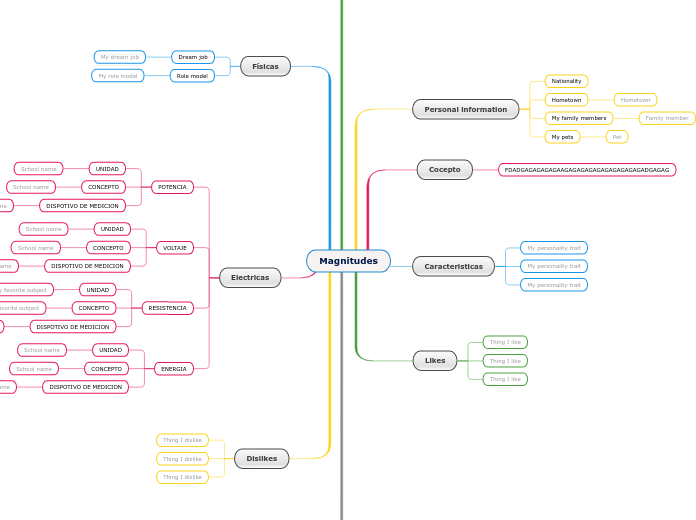a Grace Cahillane 3 éve
180
Malaria and Anti-Malarial Drugs
Artemisinin is a fast-acting antimalarial drug known for its effectiveness against Plasmodium falciparum and gametocytes. Its mode of action involves binding to iron, leading to the formation of free radicals that damage parasite proteins, causing lipid peroxidation, and inhibiting protein synthesis.









